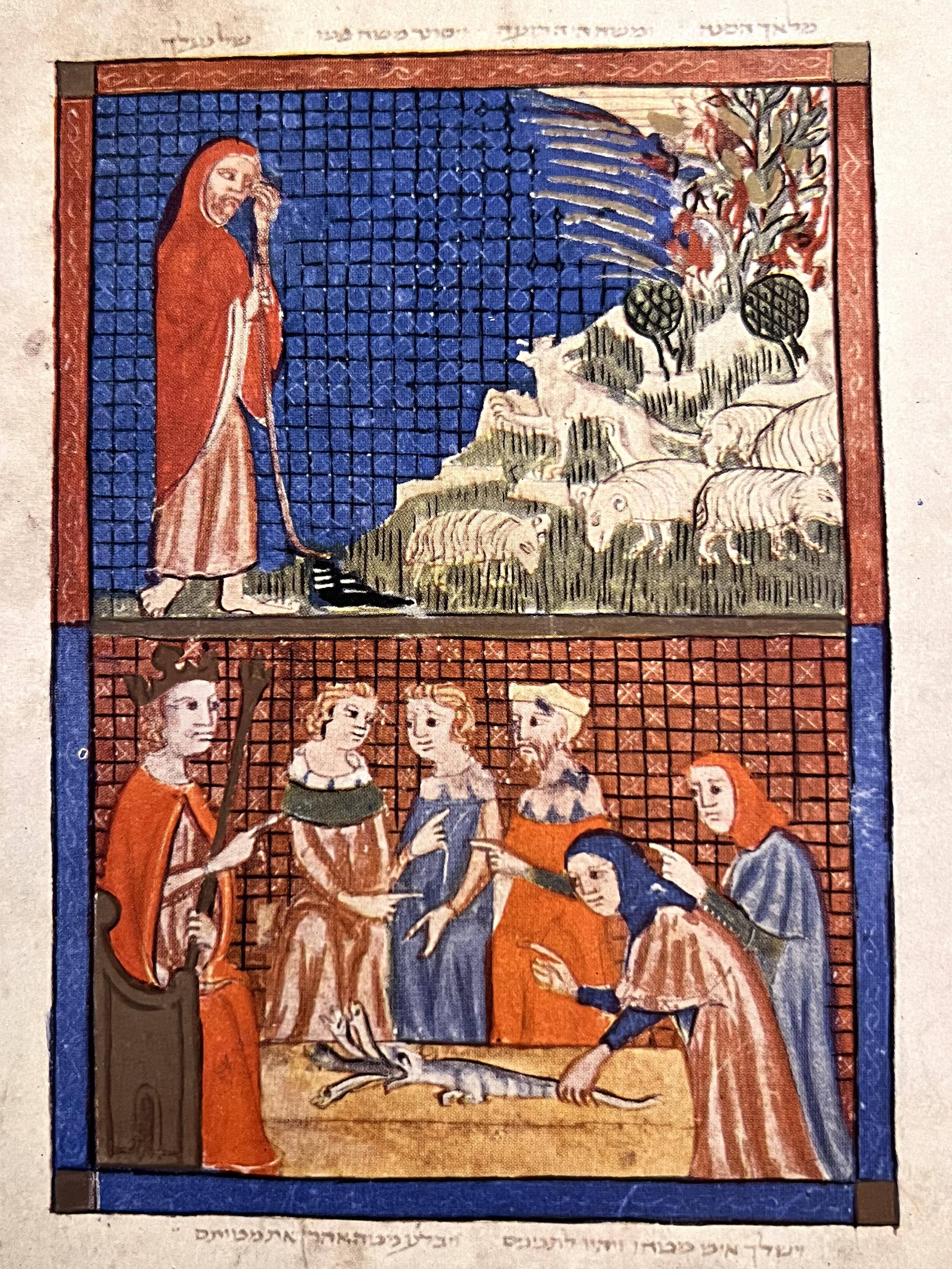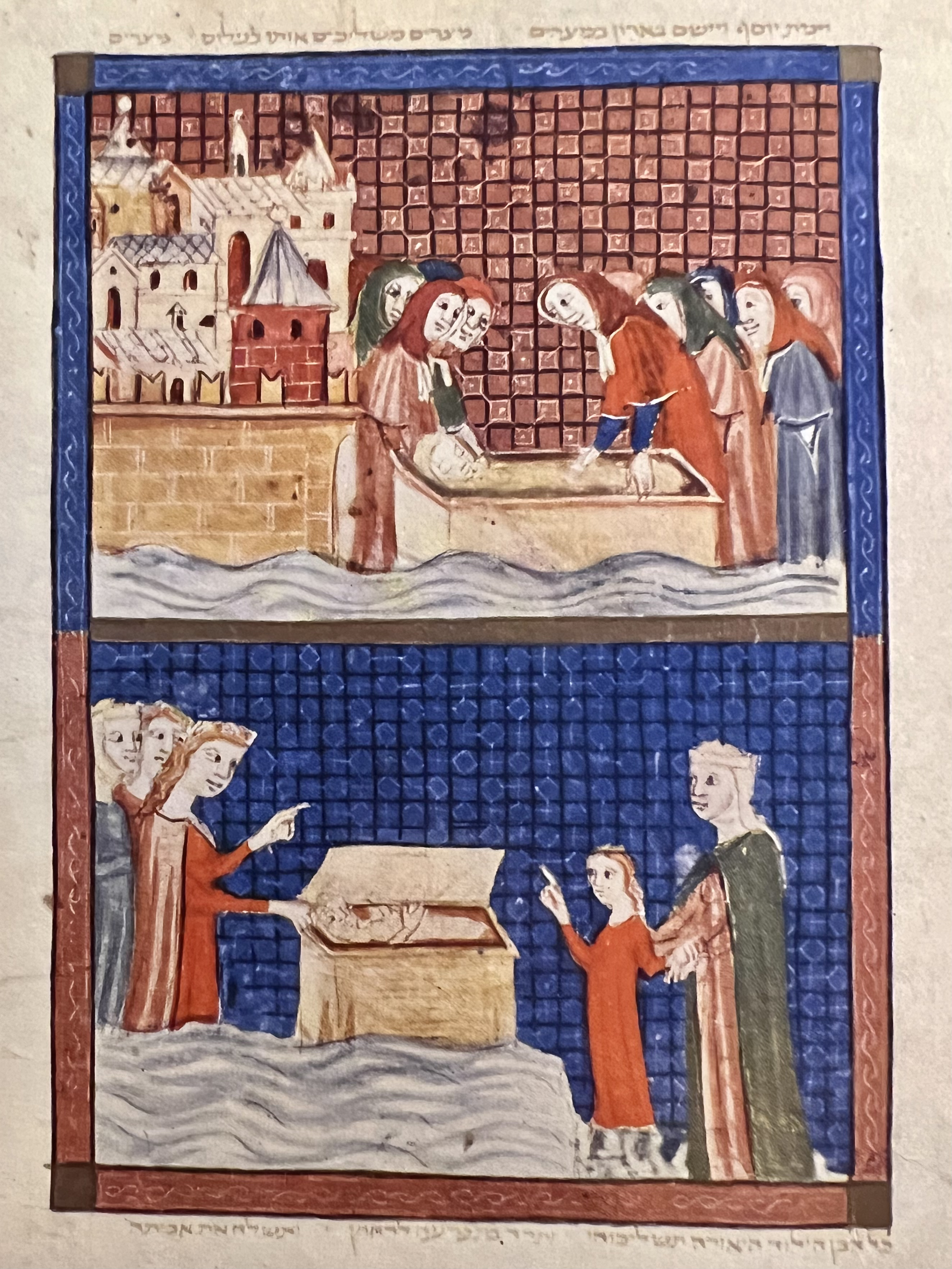Torah Study Date
Saturday, March 11, 2023
Verses Covered
Exodus (Sh’mot) 3:20-4:9
Next Session
Saturday, March 18, 2023
Starting at Exodus 4:10
Last week we discussed the frequent appearance of “hand” (yod) and wondered about its significance. For example, God says the king of Egypt will not let them go and not/even by a strong hand and that he will put out his hand and strike Egypt with wonders; and Moses puts out his hand and takes hold of the snake’s tail and he puts his hand into and out of his bosom. We again discussed the concept of free will and agreed that it does not appear until later in Jewish thought. We discussed God putting the Israelite’s favor in Egypt’s eyes, that he tells the women to ask for silver and gold items and clothes, and to put them on their sons and daughters, thus despoiling Egypt. We imagined the women suggesting they were borrowing the items for their festival though, in fact, the plan would be to take them permanently. We discussed that this was not a moral act but an act of plunder though it is possible to think of it as getting back what was taken from them, in other words, as reparations for slavery.
We then noted Moses once again being unsure of his leadership abilities. He says they won’t believe him and won’t listen to his voice but will say that YHVH has not in fact appeared to them. We noted the three wonders God shows him: his rod turning into a snake; his hand coming out of his bosom with snowy scales; some water from the Nile turning to blood on the ground. We noted the danger of taking the snake by hand at the tail (instead of more safely taking it behind its head). We discussed that earlier translators, Jewish and Christian, have thought the second wonder is leprosy while that view is not commonly held today. We discussed Moses as a reluctant leader, not a hero, though he is sometimes portrayed more heroically, for example, in relation to Pesach. Moses is God’s avatar. God works through him.
Our artwork this week is two pages from the Sarajevo Haggadah, one showing Moses at the Burning Bush and his rod swallowing the other rods (above) and one showing Moses in the ark in the Nile (below). The Sarajevo Haggadah is a 14th-century Spanish Haggadah with illuminated manuscript illustrations as well as fine lettering. It gets its name from where it has been kept since the 19th century.


